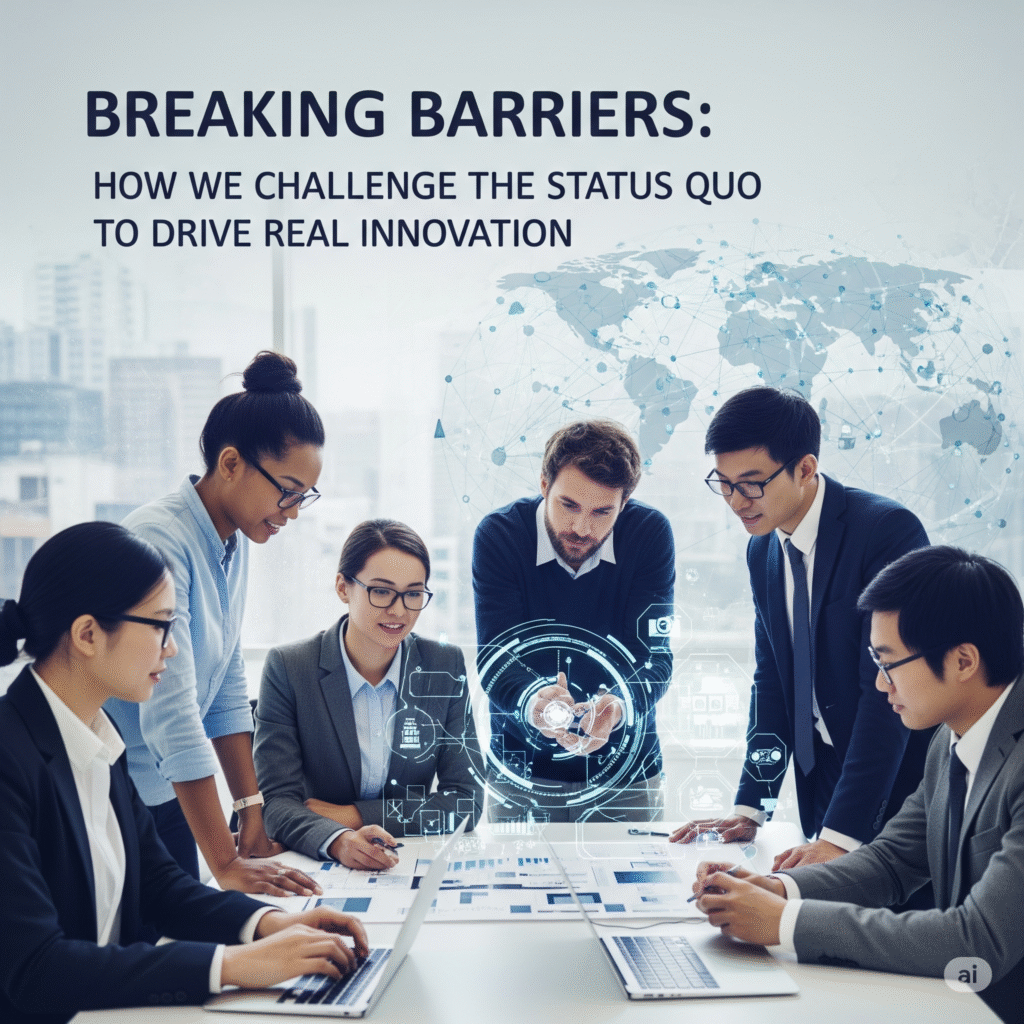Progress doesn’t come from playing it safe. At [Company Name], we believe that questioning the status quo is not only healthy—it’s essential. In fast-moving industries, what worked yesterday may not be relevant tomorrow. That’s why we’ve embedded a culture of constructive challenge at every level of our organization.
The Mindset Shift
Challenging the status quo isn’t about being contrarian for the sake of it—it’s about curiosity, courage, and continuous improvement. We don’t accept “because we’ve always done it this way” as an answer. Instead, we ask: Is there a better way?
This mindset led to a pivotal moment in our journey.
The Situation: A Rigid Release Process
Our product release process was bogged down by multiple layers of sign-offs, QA handovers, and last-minute scope creep. Though it was built for safety, it led to inefficiencies, missed deadlines, and frustrated teams.
Challenging the Norm
Rather than simply adding more people or tools, we asked the hard questions:
Why do we need 5 approval layers?
What’s the real risk in deploying more frequently?
Can QA shift left rather than act as the final gate?
We formed a “Challenge Squad”—a rotating team of developers, PMs, and designers—tasked specifically with re-evaluating legacy workflows and proposing bold alternatives.
The Action Taken
After deep analysis and pilot testing, we:
Cut approval steps by 60% using a decentralized, peer-reviewed code release protocol.
Introduced CI/CD pipelines for rapid and safe deployments.
Empowered teams with feature flags to mitigate risks in real-time.
The Impact
Release velocity increased by 2.5x
Bug rate dropped by 30% due to earlier QA involvement
Team satisfaction soared—people felt heard, trusted, and energized
More importantly, this initiative sparked a company-wide culture shift. Teams started proactively reviewing and improving their own workflows. Innovation became part of the daily rhythm—not just a quarterly goal.
What We Learned
Challenging the status quo isn’t a one-time project—it’s a cultural muscle that needs regular exercise. It requires psychological safety, data-driven arguments, and leadership support. But when done right, it unlocks hidden potential across teams and processes.

